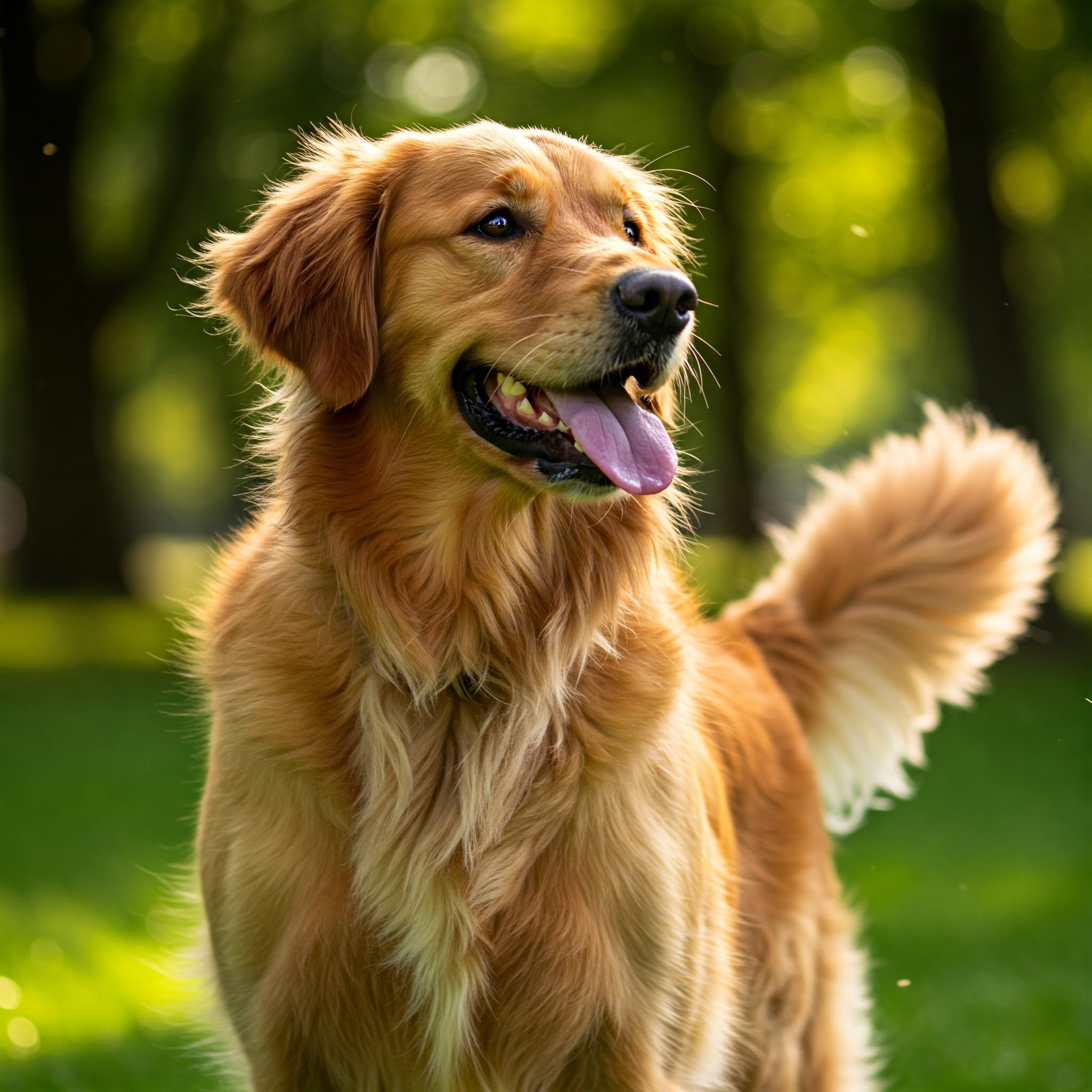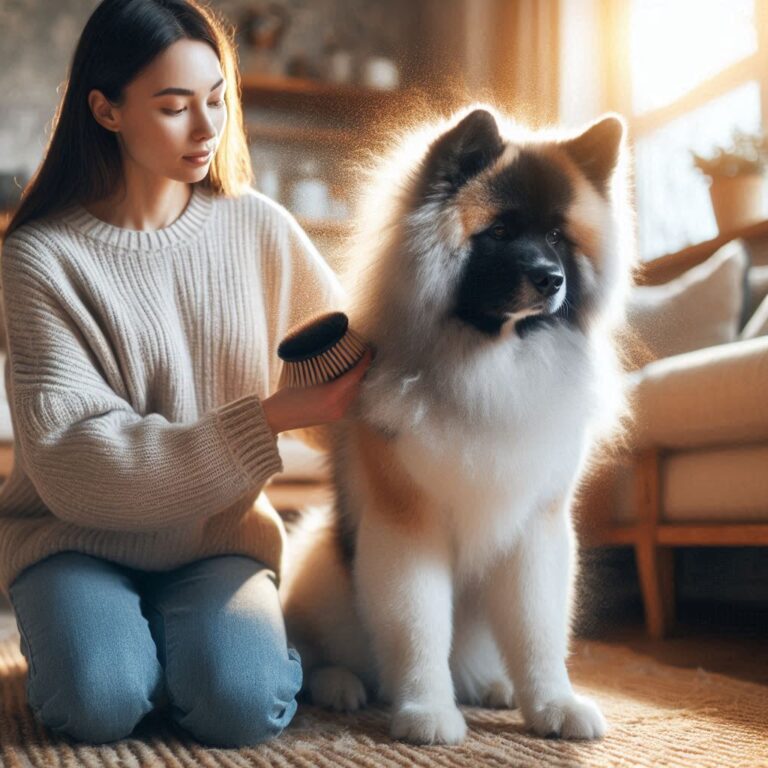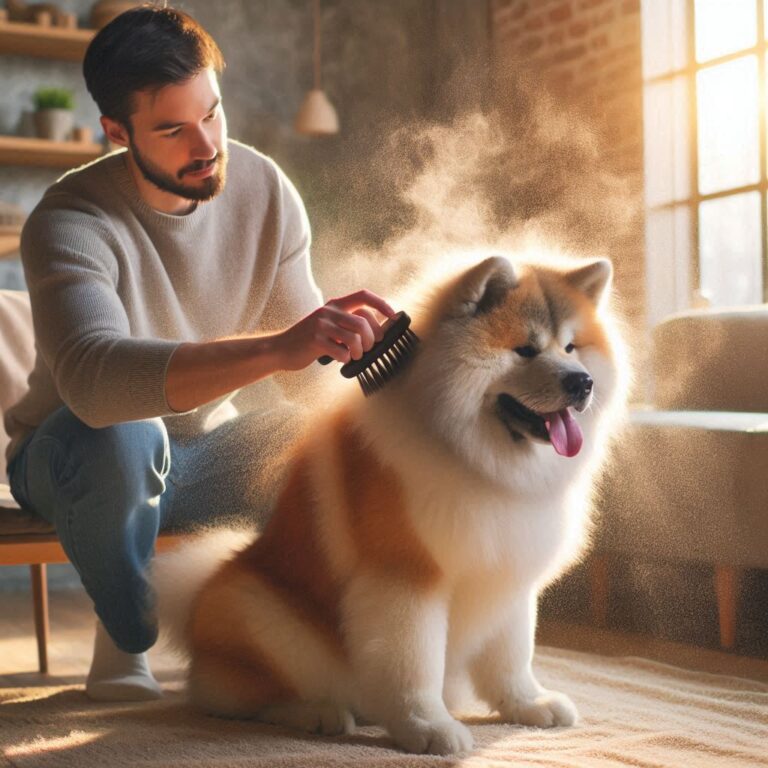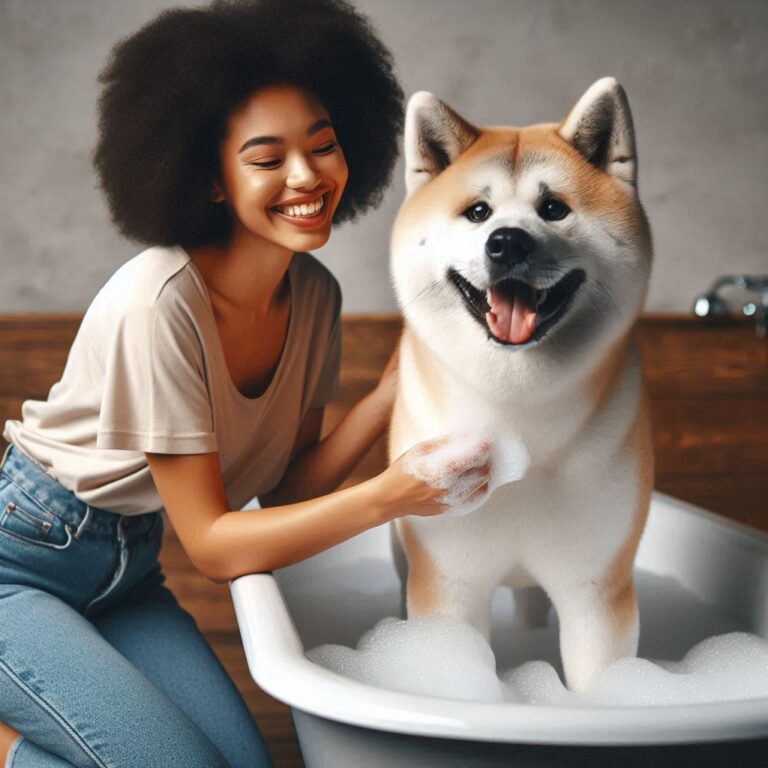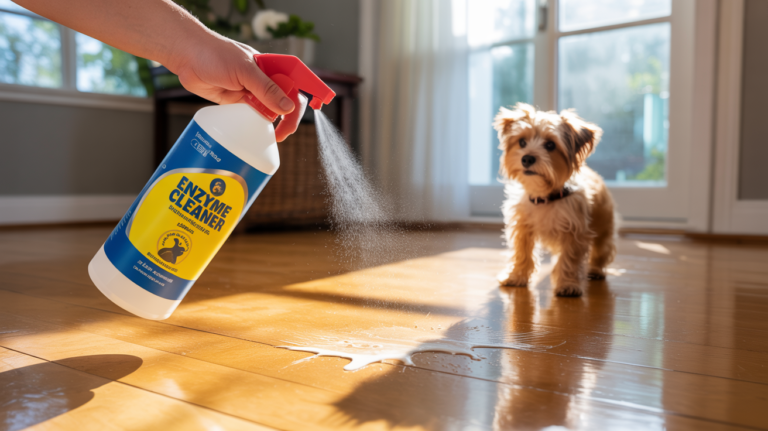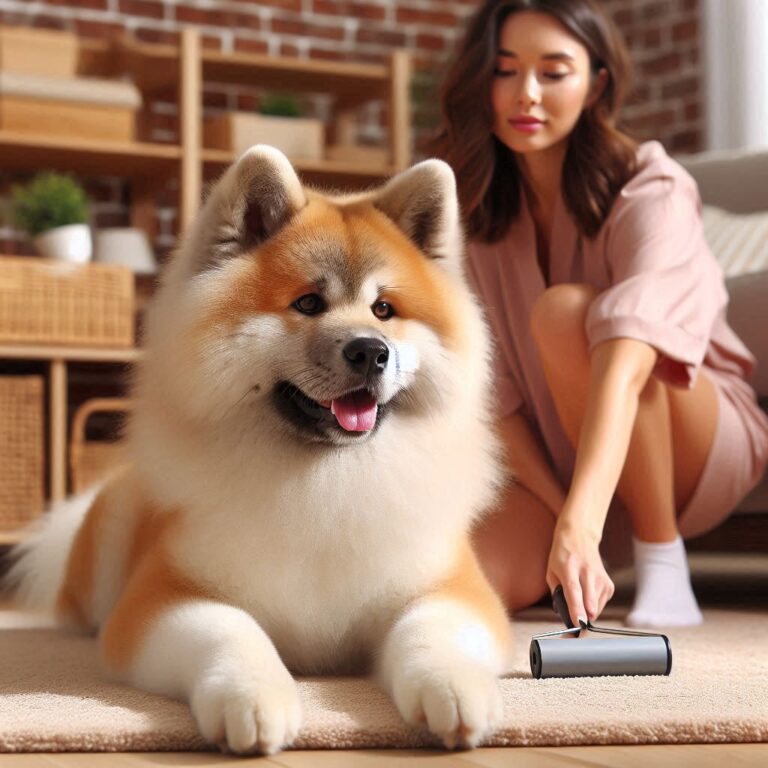How Can I Get My Dog’s Hair to Grow Back
At AkitaGuru, we know how much you care. When your dog starts losing fur, it’s not just about how they look. It’s about comfort, confidence, and well-being. Whether it’s thinning patches, irritated skin, or slow regrowth after illness or fleas, watching your dog go through it can be frustrating. But there’s hope. Hair loss in dogs is often reversible. And with the right steps, you can support your dog’s body to restore that beautiful coat.
Fur loss happens for different reasons. Sometimes it’s nutritional. Sometimes it’s environmental. Other times, it’s a sign of something deeper. But in most cases, we can do something about it. You don’t need expensive treatments to get started. You just need the right tools, some time, and a bit of care.
Let’s begin with the basics. Here are the steps that can help your dog’s hair grow back naturally and safely.
Ensure your dog is on a proper diet with omega-3 and omega-6 supplements
Everything begins with what you feed your dog. If their food is lacking key nutrients, hair loss can be one of the first signs. Omega-3 and omega-6 fatty acids are vital for healthy skin and fur. They reduce inflammation, support the skin’s natural barrier, and promote strong, shiny coats. You can find these fats in fish oil, flaxseed oil, or supplements specifically made for pets.
Some premium dog foods include these oils already, but not all. If your current dog food doesn’t contain them, adding a spoon of fish oil to their meal daily can make a difference. Over time, you’ll likely see less shedding, fewer dry spots, and healthier new growth.
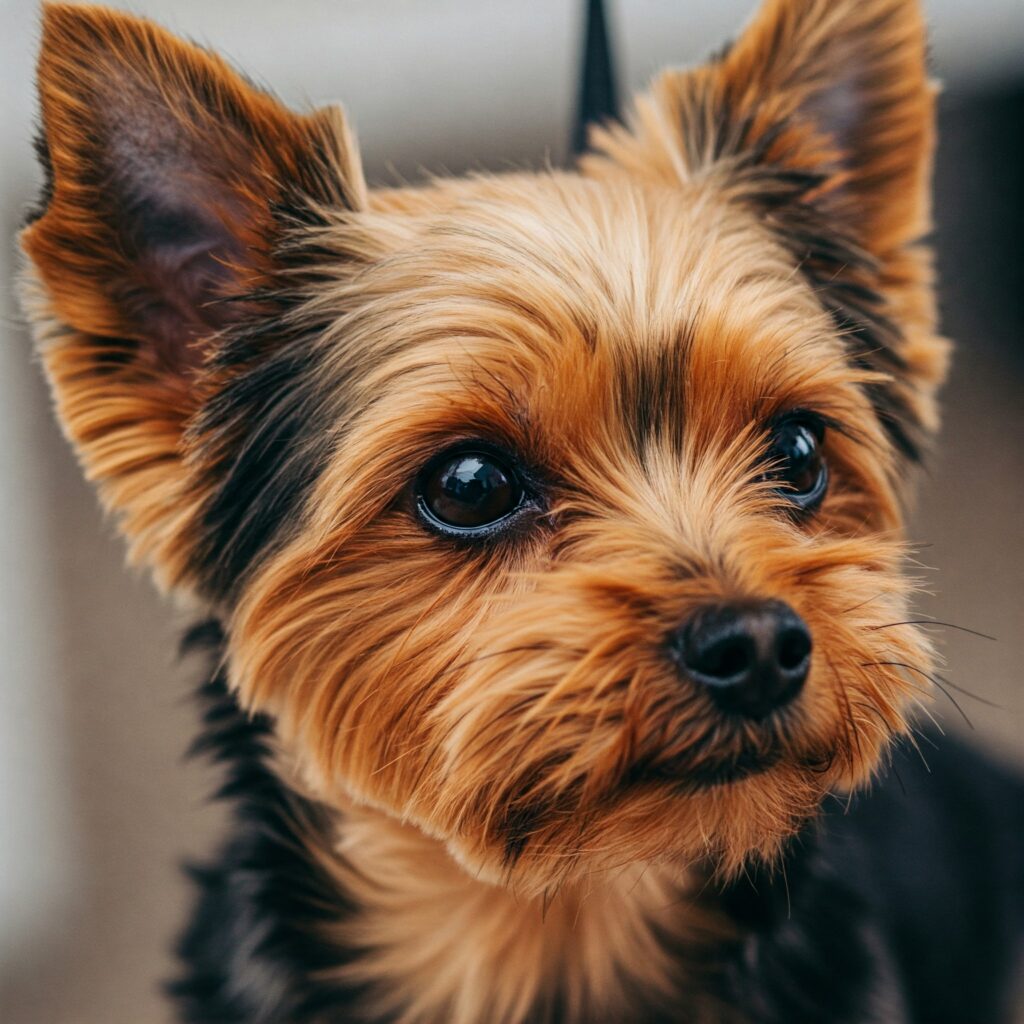
Bathe and brush your dog’s fur routinely
Bathing helps remove dead skin, dirt, and old fur that can clog the skin. Use a mild, vet-recommended shampoo that won’t strip your dog’s skin of natural oils. Once every two to four weeks is ideal for most dogs. If your dog has allergies or specific skin needs, follow your vet’s advice.
Brushing is just as important. It helps distribute natural oils across the coat and stimulates the skin. For dogs with double coats or long fur, brushing a few times a week is necessary. Use the right brush for your dog’s coat type and brush gently. It’s not just about grooming. It’s a way to connect and care.
Rub fresh lemon juice on your dog
Lemon juice has natural antibacterial and antifungal qualities. When diluted properly, it can help cleanse the skin and support healing in areas where fur has thinned or fallen out. Mix one part lemon juice with three parts water and dab it lightly on the affected area using a soft cloth. Avoid open wounds or raw skin, and always do a patch test first. If your dog shows signs of discomfort, stop immediately.
Apply aloe to the areas of your dog’s fur that are being lost
Aloe vera is gentle and soothing. It cools irritated skin, helps reduce itching, and can speed up healing. If your dog has red, dry, or inflamed patches, applying a small amount of aloe gel can help the skin recover and set the stage for fur to grow back.
Make sure the aloe you’re using is pet-safe and free from additives. Aloe straight from the plant is a great option. If your dog tries to lick it off, distract them with a toy or treat until it has time to absorb.
Add apple cider vinegar to your pet’s food and water
Apple cider vinegar can support your dog’s skin from the inside out. A teaspoon in their food or water once a day may help reduce minor skin infections and promote a healthier internal balance. You can also use it as a diluted rinse after a bath to soothe irritated areas.
Some dogs don’t like the taste, so you may need to adjust how much you use. As with any change to your dog’s diet, start slow and observe their response.
Does Coconut Oil Help Dog’s Hair Grow Back?
Coconut oil can be a helpful remedy for many dogs. It’s rich in fatty acids and has antimicrobial and anti-inflammatory properties. You can apply it directly to your dog’s skin to help soothe dry patches and support healing. A little goes a long way. Rub it gently into the area and let it absorb naturally.
You can also feed it in small amounts. Start with a small dose—about a quarter teaspoon for small dogs and up to a teaspoon for larger ones. Always monitor for any stomach upset, and choose virgin, cold-pressed coconut oil without additives.
How to Get a Dog’s Hair to Grow Back After Fleas
Fleas are one of the top causes of hair loss in dogs. When your dog scratches and bites at irritated spots, hair can fall out or break off. Even after the fleas are gone, the skin takes time to heal.
Begin by making sure all fleas are truly gone. Use a trusted flea treatment, clean your home and your dog’s bedding, and vacuum thoroughly. Once the infestation is handled, turn your attention to recovery. Use gentle brushing to stimulate the skin and apply coconut oil or aloe to soothe it. Keep your dog clean and dry, and give their body time to do the rest.
If your dog continues to scratch or loses more fur, it could be due to flea allergy dermatitis or a secondary infection. In those cases, you’ll want to consult your vet.
What Foods Help Dog’s Hair Grow Back
Certain foods naturally support hair regrowth. High-protein foods give the body the building blocks it needs to rebuild fur. Foods like salmon, sardines, eggs, and chicken provide quality protein and essential fats.
You can also feed your dog safe vegetables and fruits that are rich in vitamins A, C, and E, as well as zinc and biotin. Sweet potatoes, pumpkin, carrots, spinach, and blueberries are good options. Some pet stores carry skin and coat supplements too, but these should complement a good diet, not replace it.
What Causes Dog Hair Loss?
Hair loss is a symptom. To really solve it, you have to understand what’s causing it.
Common causes include fleas, allergies, poor diet, stress, hormonal imbalances, skin infections, or environmental irritants. Sometimes a dog’s immune system overreacts to something small—like a cleaning product, a new collar, or a different laundry detergent.
In other cases, underlying issues like hypothyroidism or Cushing’s disease can trigger hair loss. These are medical conditions that need a vet’s diagnosis and treatment. If your dog is losing large amounts of fur, if there are sores or if the skin looks red and swollen, don’t wait. A vet visit is necessary.
Also, a dog could simply be shedding fur because it is its season to do so. Knowing these causes could help you identify why your dog is losing hair and how to fix it.
Helping Your Dog Heal
Healing is a process. It doesn’t happen overnight. But with good food, gentle care, and a consistent routine, your dog’s coat can return. More importantly, their comfort returns. Their sleep improves. Their energy comes back. They wag more.
At AkitaGuru, we believe that pet care is about connection. It’s about showing up daily in small ways that build trust and comfort. Helping your dog grow their hair back is one of those ways. It takes patience. But it’s worth it.
Every brush, every supplement, every calm moment after a bath—those are steps forward. You may not see changes right away, but healing is already happening beneath the surface.
So stay steady. Stay gentle. Your dog feels your care, and in time, their body responds. Health returns. Hair returns. And joy returns.
- Best Dog Car Seat For French Bulldog - October 1, 2025
- How to Prevent Scratches on Hardwood Floors from Dogs - October 1, 2025
- How To Protect Hardwood Floors From Scratches - October 1, 2025
